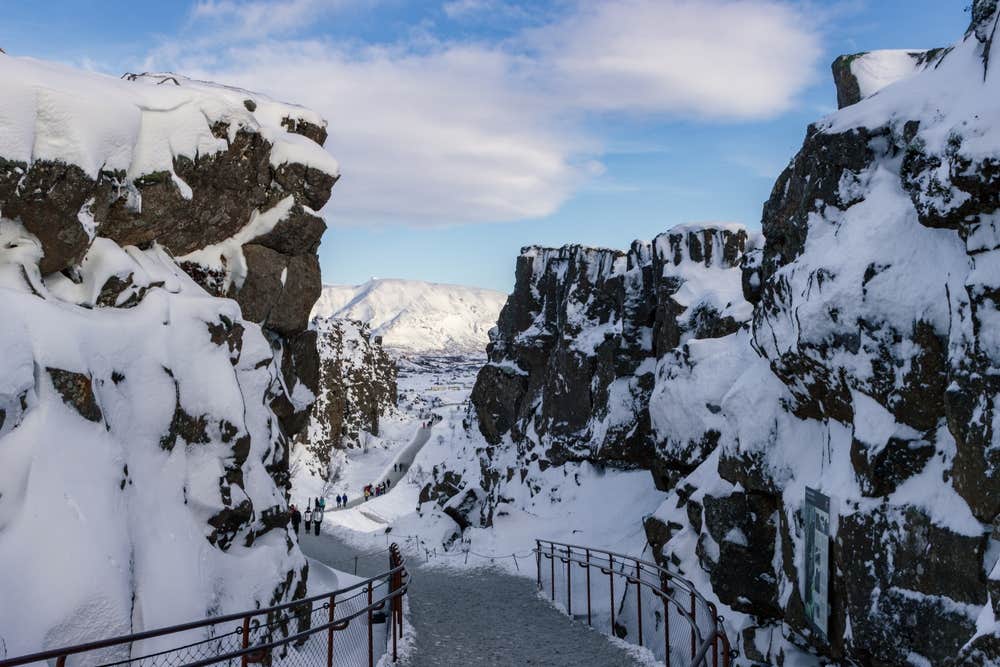Description
Résumé
Description
Participez à cette excursion en après-midi pour découvrir les merveilles du Cercle d’Or en Islande. Lors de cette aventure, vous visiterez les magnifiques sites naturels du Parc National de Thingvellir, la zone géothermique de Geysir, et la puissante cascade de Gullfoss. Ce voyage est parfait pour celles et ceux qui ont envie de visiter le Cercle d’Or en un après-midi.
Avec cette visite du Cercle d’Or, vous vous émerveillerez devant de magnifiques paysages inspirants, une nature à l’esthétisme incroyable, des terres agricoles vallonnées, des sommets montagneux au loin, des rivières paisibles, et de sublimes vallées. Préparez votre appareil photo pour ne pas manquer de capturer les sublimes panoramas de ce parcours dans la nature islandaise.
Votre premier arrêt dans le Cercle d'Or est l’incroyable zone géothermique de Geysir, qui offre un spectacle naturel unique en pleine nature islandaise. La zone est faite de marmites de boue bouillonnante, et de ses sources chaudes jaillissant en geysers ; les plus célèbres sont Geysir et Strokkur. Le premier est endormi, mais Strokkur est un geyser puissant qui jaillit toutes les 4 à 8 minutes pour atteindre une hauteur moyenne de 15 à 20 mètres. Parfois, il va même jusqu’à 40 mètres. Gardez le doigt appuyé sur votre appareil photo en vous tenant sur le bord de Strokkur, pour faire la photo parfaite de ses incroyables éruptions.
Ensuite, vous visiterez la puissante chute d'eau de Gullfoss, située sur la rivière Hvita réputée pour ses activités de rafting. Gullfoss fait une chute de 32 m dans la gorge de la rivière et vous pouvez vous en approcher suffisamment pour sentir des gouttelettes d'eau sur votre visage. Il s'agit de la chute d'eau la plus célèbre d'Islande et assurément de l'une des plus belles. Rien ne peut décrire le grondement créé par cette cascade tonitruante, et si vous avez de la chance, vous pourrez même apercevoir un arc-en-ciel se dessiner devant la cascade.
Vous terminez l'excursion par la visite du Parc National de Thingvellir, un site classé au patrimoine mondial par l'UNESCO, et qui se situe sur la dorsale médio-atlantique. Une fois arrivé(e), vous vous promenez littéralement entre les continents européen et américain. Thingvellir a également été le lieu de création du parlement national islandais, l'Althingi, le premier en son genre, en 930 après J-C. Le parc abrite également l'impressionnante faille Almannagja, qui marque la frontière est de la plaque nord-américaine.
Ne manquez pas votre chance de participer à ces visites et de voir certains des sites naturels, historiques et culturels les plus incontournables d'Islande. Vérifiez les disponibilités en choisissant une date et réservez votre voyage dans le Cercle d'Or.













